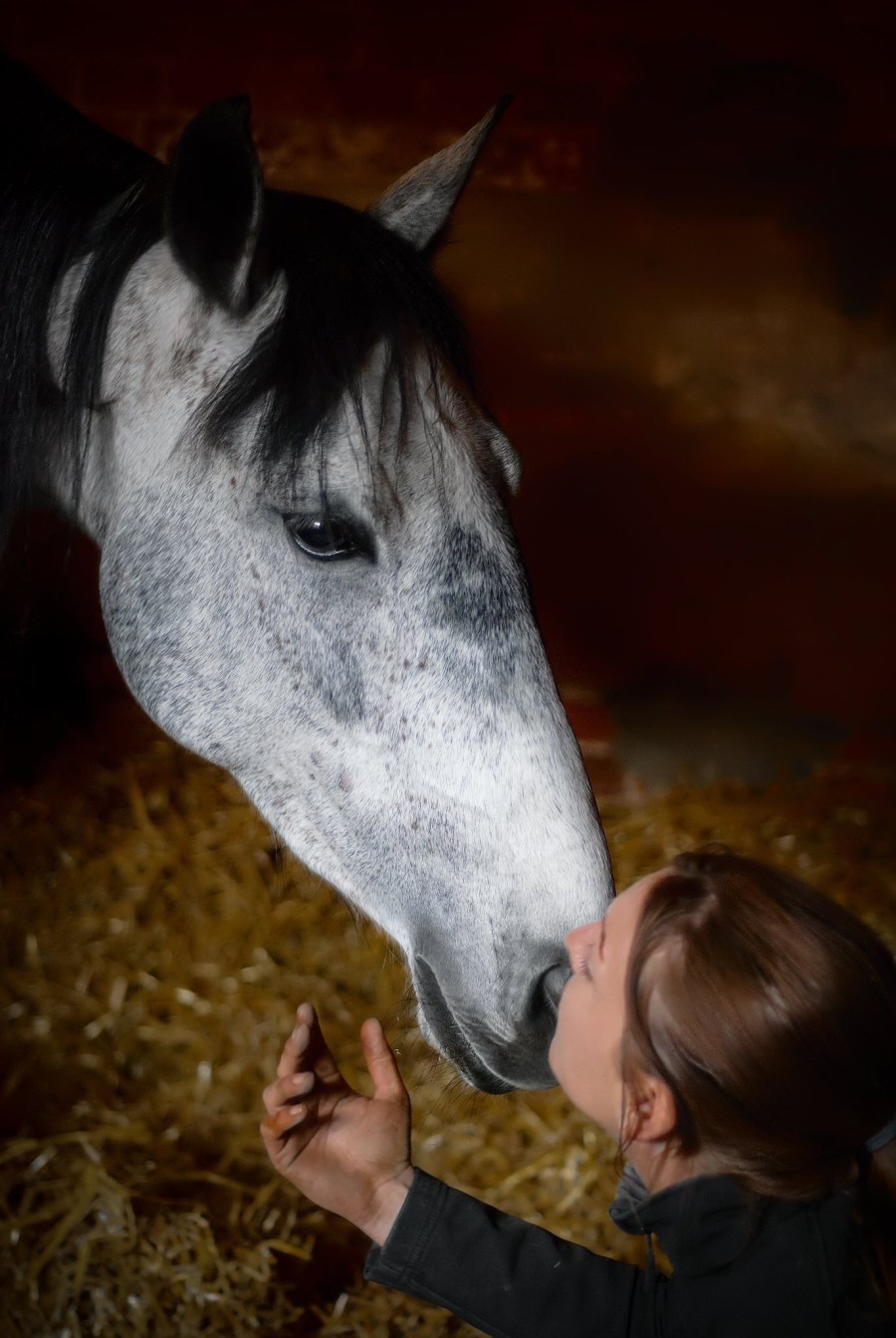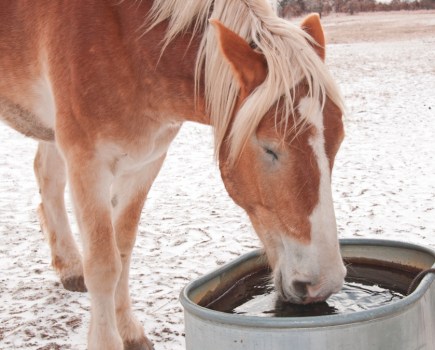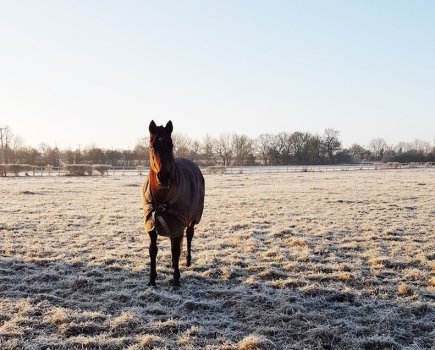XL Equine vet Dr. Aoife Byrne DrMedVet MRCVS tells us all about treating a tricky patient called Diana
As I’ve said before in a previous blog, a so-called“regular” day in the life of an ambulatory equine vet is predominately filled with routine jobs like vaccinations, dental work and other preventative health care. But now and again something out of the ordinary comes along to keep us on our toes.
The case I’m about to describe was a career first for me – after 10 years in practice I thought my chances of seeing something completely ‘new’ was unlikely to happen very often (if at all). But for me that’s one of the joys of equine practice – it keeps life interesting, forces us to learn new techniques and adapt to the situation in hand.
A young Lusitano mare called Diana was first seen by our practice because she was dull and had dysphagia (difficulty swallowing), which meant she was continuously drooling saliva and had food material present at her nostrils. She was at risk of developing aspiration pneumonia, so it was critical that we found the cause of the problem.
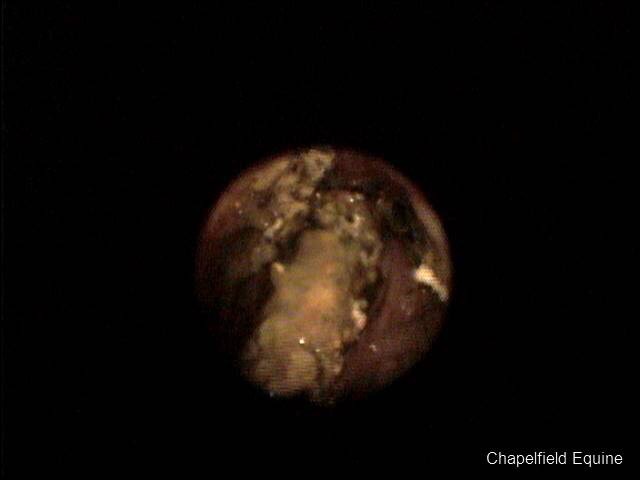
Internal view of the guttural pouch before treatment (Pic: Aoife Byrne)
We performed an endoscopic examination and found that the cause of the problem was to her left guttural pouch (horses possess two such pouches, which are an out-bulging of the tube running between the inner ear & the throat). Current thinking is that the pouches act to cool the arterial blood en route to the brain, protecting this sensitive and vital organ from thermal shock.
Diana had a severe fungal mycosis (infection) that had caused considerable damage to the nerves responsible for her tongue, upper throat and swallowing function. We took some samples and sent them to a lab where a fungus called Aspergillus was identified. Luckily for Diana, none of the blood vessels had been invaded by the fungus as this can potentially lead to a fatal haemorrhage.
We drew up a treatment plan for Diana, but this was far from straightforward! It involved twice daily endoscopically guided flushing of the guttural pouch, followed by the careful application of a topical anti-fungal drug.
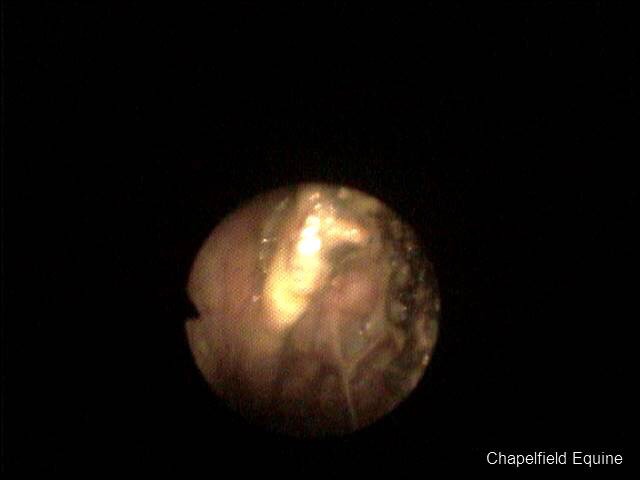
Guttural pouch after treatment (Pic: Aoife Byrne)
It took almost two weeks for the infection to clear using this regime. It certainly tested the dedication and patience of our equine team to their limits, as well as the tolerance level of Diana who remained impeccably behaved despite this invasive procedure.
I received an update on Diana today who continues to improve a little bit more every day as she slowly regains her nerve function – fingers crossed she will make a full recovery.

